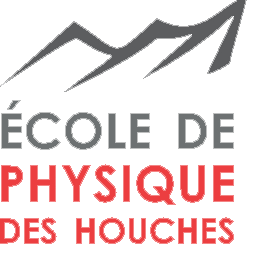Speaker
Description
The Penning-trap mass spectrometer ISOLTRAP located at the radioactive ion beam facility ISOLDE at CERN performs high-precision mass measurements of short-lived nuclides. This gives access to the study of nuclear structure effects like the location of shell and subshell closures and provides precision $\beta$-decay $Q$-values to test nuclear models and fundamental interactions. For three decades the measurement principle has been based on the time-of-flight ion-cyclotron-resonance (ToF-ICR) detection technique, which is currently reaching its limits for accessible half-lives and relative uncertainties. With the new phase-imaging ion-cyclotron-resonance (PI-ICR) detection technique [S. Eliseev et al., Phys. Rev. Lett. 110 082501 (2013)], experiments can be performed with fewer ions and higher resolving power, providing access to new areas of the nuclear chart. This poster will report on the ion-optical and data-acquisition improvements required for the implementation of the PI-ICR detection technique at ISOLTRAP, as well as results from first on-line measurements in both the high-precision and high-resolution regimes. During a systematic on-line study the $Q$-value of the $^{88}$Sr-$^{88}$Rb $\beta$-decay was determined with an uncertainty of $< 130\,$eV as a validation of the successful implementation of the PI-ICR detection technique with ISOLTRAP. Furthermore, the new detection technique allowed spatial separation of the close-lying isomeric states in $^{127}$Cd and $^{129}$Cd from which their excitation energy was derived. A mass resolving power $\frac{m}{\Delta m} > 10^6$ was reached for only 100$\,$ms phase-accumulation time.
